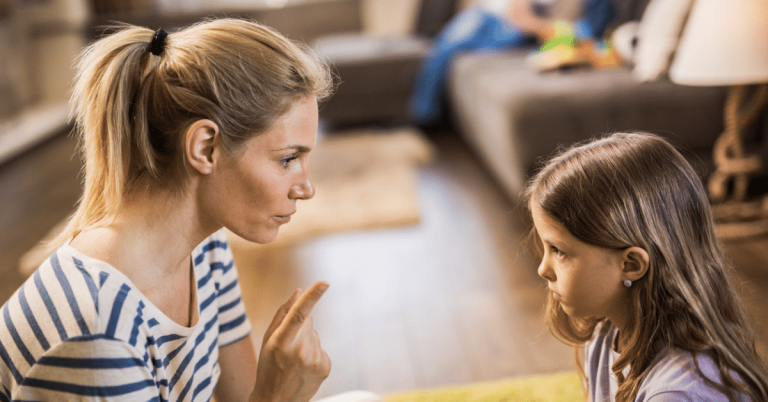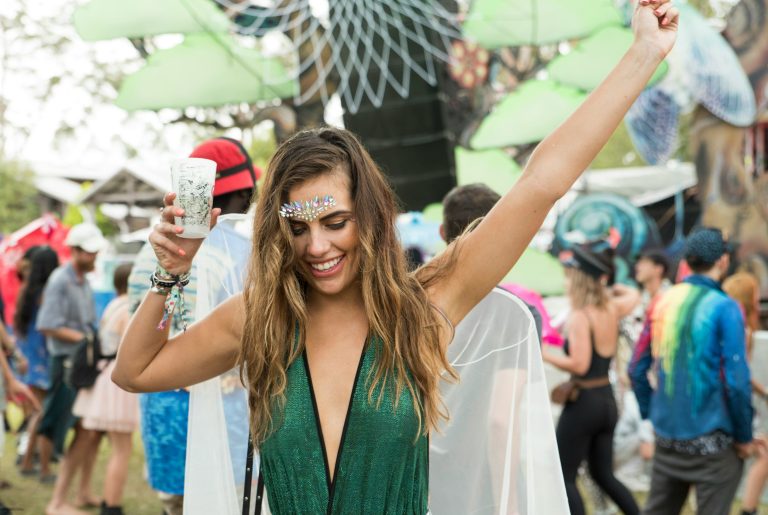The feeling of loneliness 1/3
Loneliness is one of our greatest dreads. Most of us have felt it and/or feared it at some point in our lives. To feel lonely is to be weighed down by an intolerable feeling of separateness at a very deep level. Loneliness is an unpleasant emotional response which is not only felt when someone is alone, but can also be felt when being around other people. Many people seeking help for overwhelming feelings of loneliness may still lead a busy life surrounded by family and colleagues. However, there are also people who spend a lot of time alone but do not feel lonely. This is the difference between aloneness and loneliness. Being alone (aloneness) describes a state of withdrawal or privacy where one is not in the company of others. In our busy and extroverted culture, we tend to classify aloneness and solitude as the same thing and to think of them both in a negative way. Yet being alone is not the same as being lonely. There are many people who happily chose solitude as a way of life. Some people may also have hobbies and creative interests which they do alone and which provide them with a lot of contentment. If you are someone who constantly seeks others out in order to avoid inner loneliness, it might be worth spending some time learning how to feel relaxed in your own company. Spending time alone may involve facing the difficult feelings that relentless socialising keeps at bay. It may also enable you to focus on the kind of person you really are, and what you really want to do.
Claire is a gestalt psychotherapist at Willingness. She works with adolescents and adults. She has a special interest in mental health. She can be contacted on claire@willingness.com.mt.






